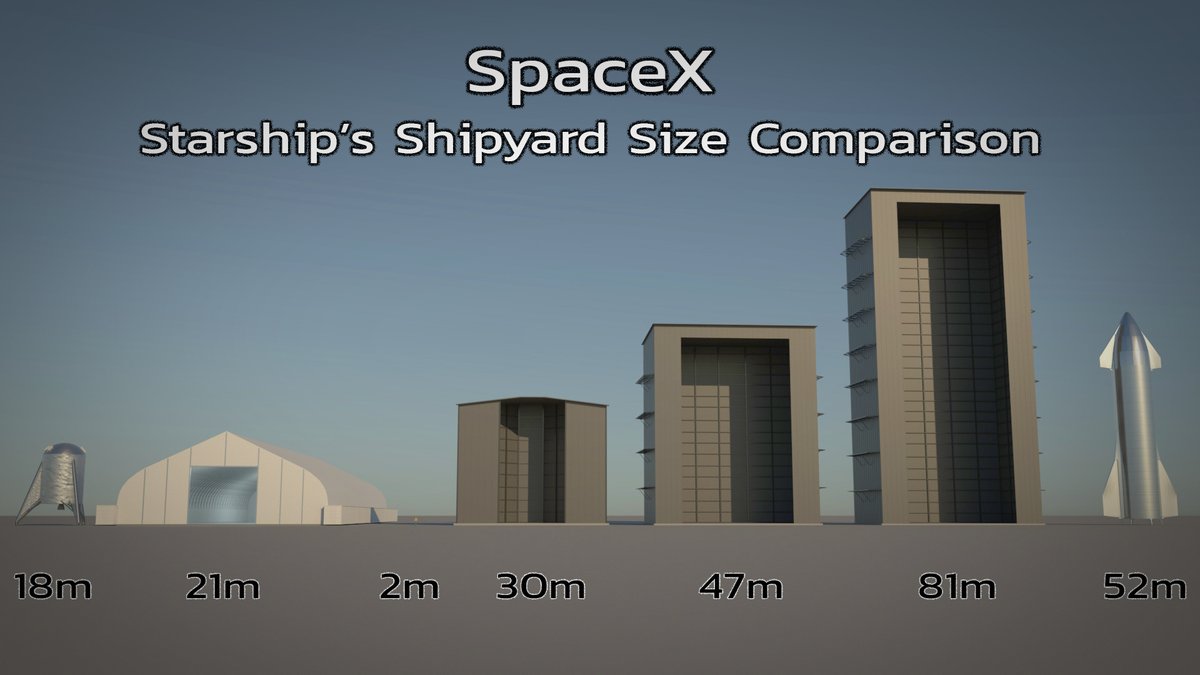

This is the line that two astronomers set out from Paris to measure in 1792. This line bisects the centre of the Paris Observatory building in the 14th arrondissement, and is marked by a brass strip laid into the white marble floor of its high-ceilinged Meridian Room, or Cassini Room.Īlthough the Paris Observatory is not currently open to the public, you can trace the meridian line through the city by looking out for small bronze disks on the ground with the word ARAGO on them, installed by Dutch artist Jan Dibbets in 1994 as a memorial to the French astronomer François Arago. The line of longitude running from the pole to the equator that would be used to determine the length of the new standard was the Paris meridian. It was to be one 10-millionth of the distance from the North Pole to the equator. Therefore, it was determined that the metre was to be based purely on nature. These scientists were keen to create a new, uniform set based on reason rather than local authorities and traditions. The task of coming up with a new system of measurement was given to the nation’s preeminent scientific thinkers of the Enlightenment. But while decimal time did not stick, the new decimal system of measurement, which is the basis of the metre and the kilogram, remains with us today. Aside from removing religious influence from the calendar, making it difficult for Catholics to keep track of Sundays and saints’ days, this fit with the new government’s aim of introducing decimalisation to France. To this end, they introduced, among other things, the Republican Calendar in 1793, which consisted of 10-hour days, with 100 minutes per hour and 100 seconds per minute. During the volatile years between 17, the revolutionaries sought not only to overturn politics by taking power away from the monarchy and the church, but also to fundamentally alter society by overthrowing old traditions and habits. In France alone, it was estimated at that time that at least 250,000 different units of weights and measures were in use during the Ancien Régime. This was the case before the French Revolution in the late 18th Century, where weights and measures varied not only from nation to nation, but also within nations. But imagine a world where every time you travelled you had to use different conversions for measurements, as we do for currency. And even then, the metric system is still used for purposes such as global trade. Today, the metric system, which was created in France, is the official system of measurement for every country in the world except three: the United States, Liberia and Myanmar, also known as Burma. We don’t generally notice measurement because it’s pretty much the same everywhere we go. The clock that changed the meaning of time.

The island that forever changed science.


 0 kommentar(er)
0 kommentar(er)
